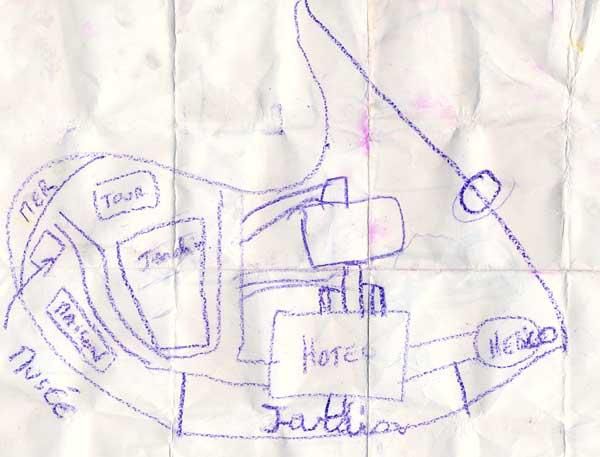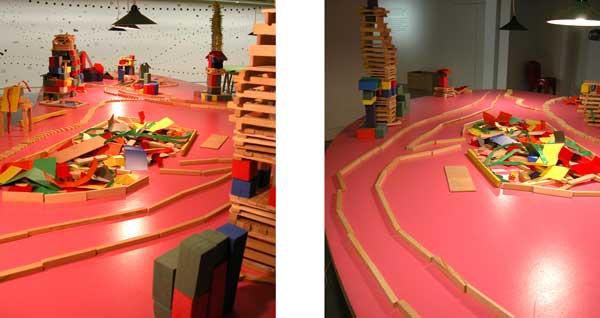The latest report from the Pew Internet, which deals with 'teen content creators', is very insightful. It reports that more than half of online teens have created content for the internet; and most teen downloaders think that getting free music files is easy to do
Some 57% of online teens create content for the internet. (...) These Content Creators report having done one or more of the following activities: create a blog; create or work on a personal webpage; create or work on a webpage for school, a friend, or an organization; share original content such as artwork, photos, stories, or videos online; or remix content found online into a new creation. The most popular Content Creating activities are sharing self-authored content and working on webpages for others. (...) Bloggers and to a lesser extent teens who read blogs are a particularly tech-savvy group of internet users. They have more technological tools such as cell phones and PDAs and are more likely to use them to go online. Not only do they live in technologically rich households, but they are more likely to have their own computer at home and to be able to use it in a private space. They help adults do things online. Most strikingly, they have more experience with almost all online activities that we asked about. Bloggers are more likely than non-bloggers to engage in everyday online activities such as getting news, using IM or making online purchases, but content creating and sharing activities are the areas where bloggers are far ahead of non-bloggers.
The report is of great interest. In addition, people interested in sort of content creation might been interest in check this "I want to" webpage which summarizes the large number of web applications to manipulate content on the web (sharing pictures, do podcasts, share bookmarks...)








